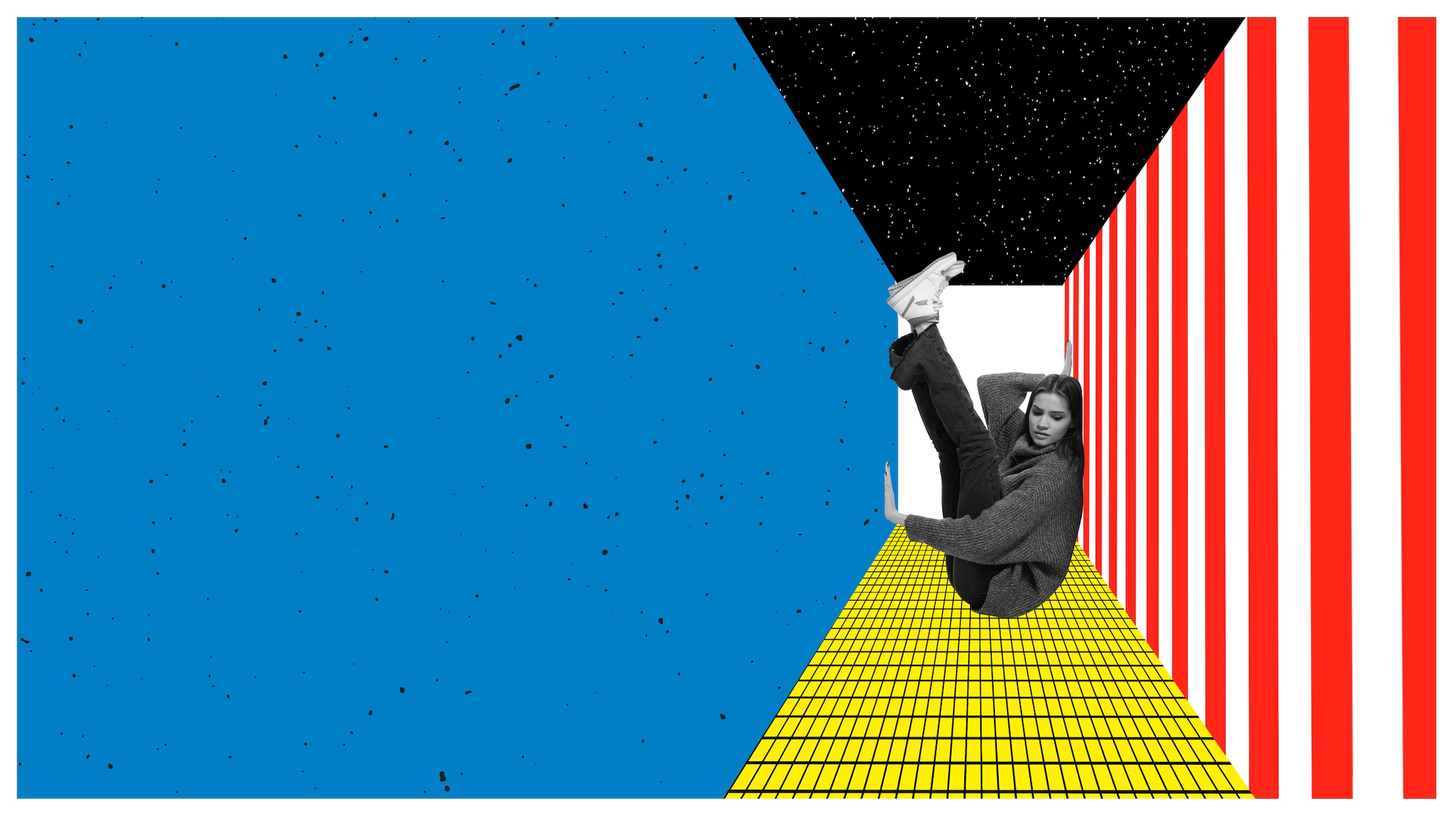Now that social media platforms have made everyone inside your organization defacto marketers and brand communicators, it’s arguably more important than ever to have clear, current brand standards. And ensure people read and implement them.
There is one problem, however. Everyone moves fast and expectations around communications today are easy to create and easy to digest. That applies to news, emails, videos, memes, and a lot of other content, including training.
Reading a traditional brand manual, even if you cut it to only two pages, doesn’t fit that model very well. People often don’t want to read, but many will scroll through Pinterest for ideas to make their kitchen or family room decor more “on-brand” for them. The interest and attention is there, so how can you change your thinking about standards to get your employees to engage?
Move away from static PDF documents, and consider an online brand management platform where your guidelines are keyword searchable, with analytics and rewards embedded in the learning process. You’ll know exactly how they’re being used, by whom, and what elements of the brand employees are inquiring about the most.
Build ramps to different levels of brand awareness for your teams, and make some of them mandatory. Make everyone want to learn the why and how of great brand experiences, and reward the people who take the time to learn and implement them.
More than just static specs and rules, imagine your standards as a dynamic flow of information, with examples to help viewers understand and recognize great branded experiences.
Show examples of what not to do. Because everybody wants to create their unique spin or take when they’re crafting a social post or a slide background, provide guardrails so they know where they have flexibility. Don’t allow them the opportunity to embarrass the brand.
Don’t be afraid to get detailed. Businesses, products, and markets are often very complex, and effective, consistent communication can involve a lot of nuances, depending on the specific market or product. Details prevent corrections and revisions down the line.
Audit and document what created the most effective brand experiences across the different departments, so others can replicate that success.
The pressure to simplify and strip-down your standards to just the bare-bones basics is real, but the stakes are so much higher when you have so many potential communicators creating materials you can’t control. It only takes one bad meme or inappropriate post to turn things upside down. To protect your brand’s value and impact, build ways to get people to engage and absorb the standards that are relevant to them. Help them know what makes great brand experiences so they inherently replicate those in what they create.



